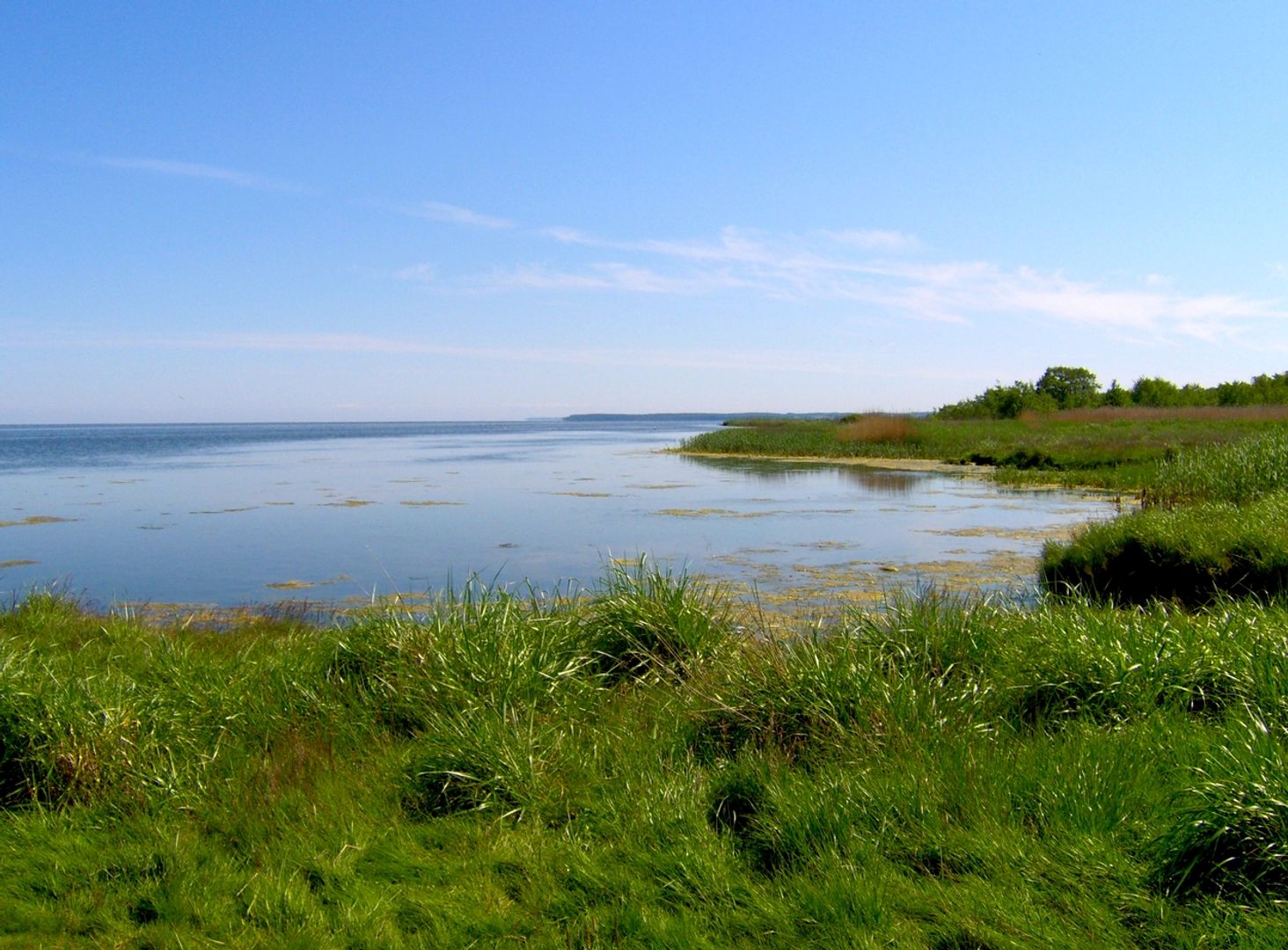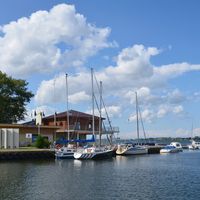Inner Puck Bay
7.04

Overview
The Inner Puck Bay, also known as the Puck Lagoon, is a body of water within the Baltic Sea located in the northwestern part of Puck Bay. It covers an area of 111.13 km², with an average depth of 3.13 m and a maximum depth of 9.4 m. It is separated from the Outer Puck Bay by the Rybitwia Shoal, and its shores are surrounded by towns such as Puck, Władysławowo, Chałupy, and Kuźnica. Historically, this region was part of the Reda-Łeba Pradolina (Ice-Marginal Valley) and, as a result of the Littorina Sea transgression approximately 6,000–5,500 years ago, it became a marine lagoon. The geography of the bay varies along its coasts: the Hel Peninsula side features dune coasts, while the western side is characterized by cliffs and low, marshy shores. Within the bay, there are smaller water bodies, including the Rewa Bay, as well as depressions such as the Kuźnica Deep. Water conditions in the Puck Lagoon undergo significant changes due to the inflow of river water and the mixing of seawater. The bay is one of the most biologically diverse areas of Poland's seas, with characteristic biocenoses and a rich variety of fauna and flora, including endangered plant species. In the 21st century, macrophyte meadows dominate the seabed, and the presence of seagrass (Zostera marina) is almost unique to this region. However, due to eutrophication and environmental changes, the composition of organisms has drastically shifted. Despite its shallow depth, the conditions favor the development of various fish species, including diadromous fish. The Puck Lagoon serves as an important wintering site for many species of waterbirds. In 1978, the area was designated as Poland's first marine landscape park, highlighting its ecological and natural significance. The bay is also popular among tourists, offering various forms of recreation, including windsurfing and kitesurfing. Although fishing is limited due to ecosystem degradation, Puck with its seaport remains a place where one can experience the charm of this water body. Water quality monitoring indicates ecological challenges, but Puck Bay continues to be an important natural and recreational area.
Location
You can also find here:
2025 Wizytor | All Rights Reserved


